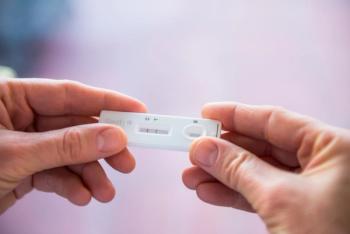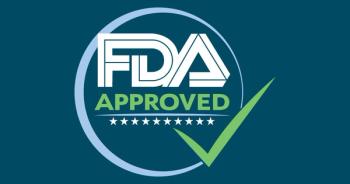
What to consider before running a diagnostic test
After assessing a child who is presenting with some type of infectious disease, the next step is to run a diagnostic test, such as a rapid strep test or measles. However, is that always the best decision?
After assessing a child who is presenting with some type of infectious disease, the next step is to run a diagnostic test, such as a rapid strep test or measles. On Saturday, October 28, 2019, Gary S. Marshall, MD, FAAP, Professor of Pediatrics, Division Chief of Pediatric Infectious Diseases at the University of Louisville School of Medicine in Kentucky presented, “To order or not? Appropriate use of infectious disease labs” at the 2019 American Academy of Pediatrics Annual National Conference & Exhibition.
Dr Marshall covered the way that common diagnostic tests can provide false positives, false negatives, and true positives that are not relevant to the child’s current clinical presentation. For example, cultures can give false positives because of lab contamination, false negatives because of recent antibiotics use, and true positives resulting from bacteria introduced during the culture process such as clean capture.
His main message to the clinician was to utilize Bayesian thinking when determining whether to order a test. He illustrated this process by looking at a patient who comes in with a sore throat and fever, who may have strep throat. The question becomes, “If my rapid strep test is positive, do I have strep throat and if my rapid strep test is negative, do I not have strep throat?” The clinician should use the likelihood ratio of a positive (probability of a positive result in disease over a positive result in no disease) and the likelihood of a negative (probability of a negative result in disease over a negative result in no disease) to determine how necessary running a test is.
During the winter months when strep throat is rife and the probability of strep throat is approximately 50%, running a test and getting a positive result means that the child is 95.6% likely to have strep throat and getting a negative result means that the child is 11.9% likely to have strep throat. However, during the summer when strep is unlikely, a positive test means that the child is only 53.4% likely to have strep throat. With this test result, Dr Marshall said that a coin toss could be just as effective a running a test. He also stressed paying attention to the current environment. If a child is presenting with rash and fever, it’s not necessary to run a measles test. However, if that child has rash, fever, coryza, koplik spots, conjunctivitis, travel to an area where measles has become common, and no vaccine against the disease, the child should be tested for measles.
He also covered panel tests and the potential pitfalls because of pretest probabilities, focusing on the gastrointestinal (GI) panel test. A child with a pet turtle who has GI symptoms is more likely to have salmonella than a teenager who is on the swim team. Dr Marshall highlighted his frustration with the tick-borne disease panel at his hospital that includes Lyme disease, despite the fact that the species of tick responsible for the disease not endemic to the area.
Concluding his presentation, Dr Marshall implored clinicians to remember the negative consequences of inappropriate infectious disease testing, including delays in diagnosis, inappropriate use of antimicrobial therapy, and higher costs that have no association with outcomes.
Newsletter
Access practical, evidence-based guidance to support better care for our youngest patients. Join our email list for the latest clinical updates.














